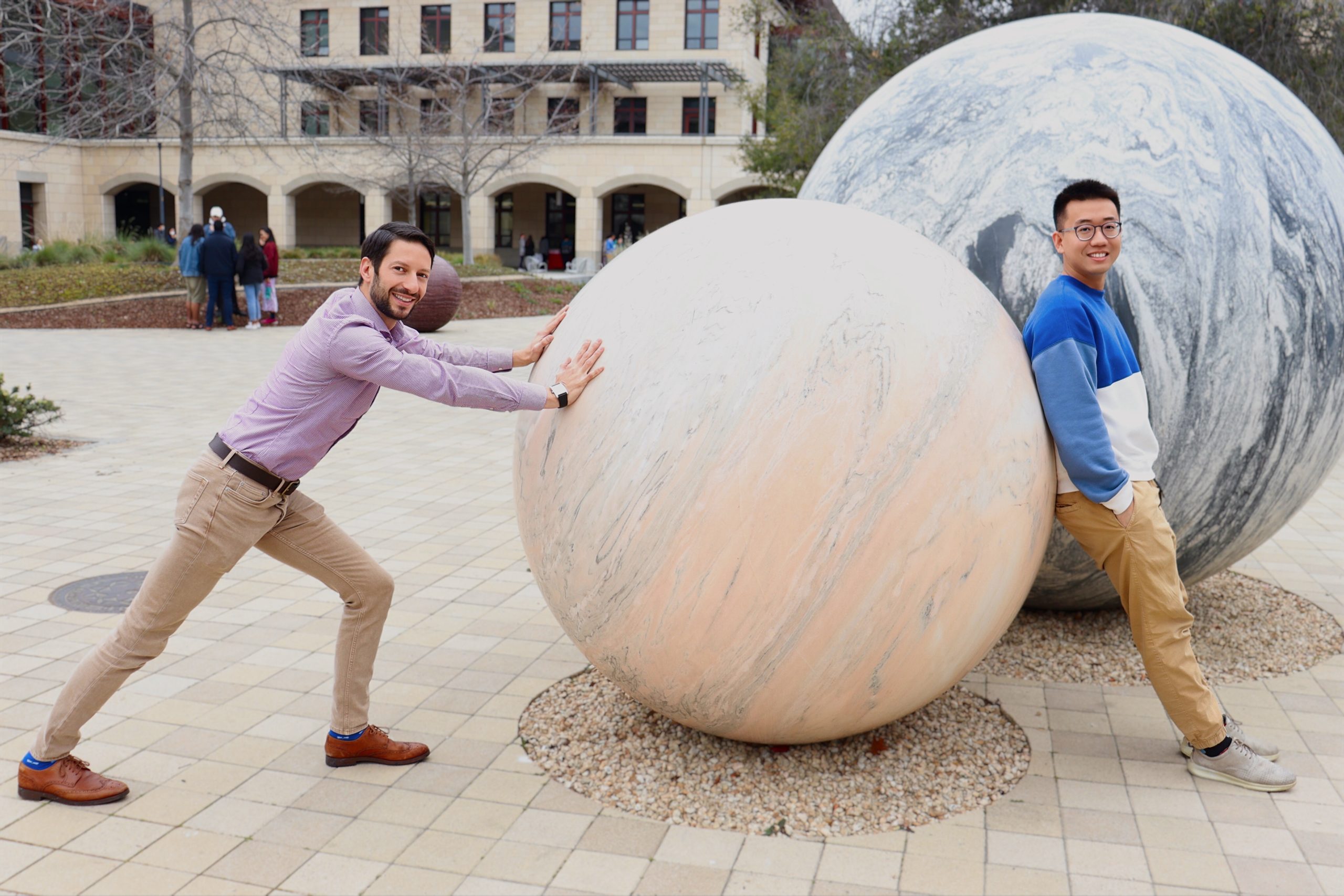Stanford engineers have developed a catalyst that uses new polymer surfaces to turn carbon dioxide into fuel more efficiently than existing methods, according to a February study published in “Proceedings of the National Academy of Sciences.”
The newly developed catalyst opens the door for carbon dioxide utilization in fuel and increases incentives for corporations to capture the greenhouse gas from the atmosphere, according to the study.
Researchers at Stanford’s Cargnello Lab have been working for more than seven years on developing more effective, efficient catalysts that will facilitate the use of carbon dioxide to create useful chemical products. Catalysts are materials that increase the rates of chemical reactions.
The Stanford researchers leading the study said they have found a way to create a catalyst that increases the yield for butane, a component of gasoline, from carbon dioxide by 1,000 times more than existing methods.
Chengshuang Zhou, a fourth-year chemical engineering Ph.D. student and an author of the study, conducted research that improves upon the current metal ruthenium catalyst. His research proposes creating a polymer surface over the metal catalyst to create conditions that increase carbon-to-carbon bonds, according to the study.
The new catalyst modifies the “carbon-to-hydrogen ratio and allows us to create longer carbon chains from the same reactions,” Zhou said in an interview with Stanford News. The longer chains can use carbon from the atmosphere and reduce carbon dioxide emissions in the air, according to assistant professor of chemical engineering Matteo Cargnello.
Emmett Goodman, a postdoctoral researcher in Biomedical Data Science and Computer Science and a collaborator on the study, said the findings are very significant because “with this unique synergistic combination of organic and inorganic phases, we were able to achieve a major increase in the production rate of valuable, energy-dense hydrocarbons.”
Due to the dynamic nature of a catalyst’s structure, lead researcher at Stanford Synchrotron Radiation Lightsource Lab (SSRL) Simon Bare said that, without knowing the catalyst’s structure during a reaction, “it is very difficult to make a correlation with the activity, the conversion, the selectivity, the yield of the product that you are getting with the structure.”
Zhou and the other researchers have relied on Synchrotron rays, which act similarly to strong x-rays, to produce detailed imaging of the catalyst’s structure, according to Bare. With the help of these rays, researchers “can study the state of a catalyst while it’s actually working and see how it changes on the atomic scale,” Bare said. Specifically, he said the team could see how carbon dioxide and hydrogen interact with the catalyst so that they can modify the catalyst to create as many reactions as possible.
Zhou’s research is the latest in a string of discoveries made by the Stanford lab that build on each other to open channels for new innovations. Zhou said he believes the “beauty of this method” is that “from studies in tangential pathways, we can then combine all the knowledge and achieve even better performances.”
He also acknowledged that, despite being a suitable catalyst, the metal ruthenium is “not quite cost-effective.” However, he said he hopes that his research into polymer coating can be the starting point for finding alternatives for expensive metal catalysts.
Bare said that one obstacle facing researchers is moving the experiment from a controlled lab to a commercial facility with more variability and impurities. Currently, the longest trial of Zhou’s catalyst’s stability is only around three days, and a longer time scale needs to be studied before it can be used in chemical plants, according to Bare. Goodman agreed, adding that “the procedure needs to be studied across various reactor volumes to confirm that the reaction performs well across larger scales needed for industrial applications.”
Bare, who has studied catalysts since 1985, emphasized the importance of finding funding for this research — something that he said will be necessary to trial and scale up the production of catalysts for commercial use.
“If the entity that’s funding the research is only interested in the initial discovery, you’d have to then seek funding from a different source to then translate it into something more real,” Bare said.
In the future, Zhou plans to examine how carbon dioxide can be used to create methanol and ethanol. Cargnello said that future investigations into olefin, a raw material of plastics, and ethylene, a useful chemical, could be possible next steps.
